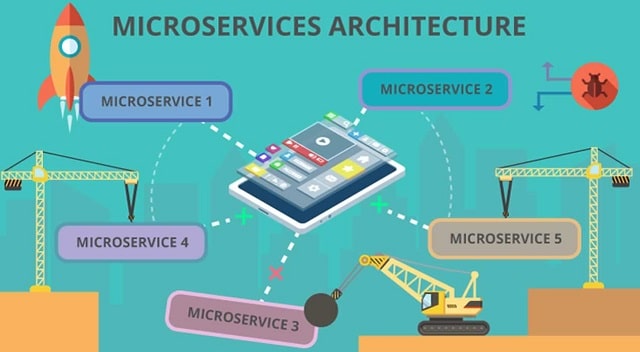
Did you know that almost 50 percent of businesses with more than 50 employees have their own app? Whether you have that many employees or you’re still in the single digits, you might want an app.
There are plenty of benefits to having a customized app. An internal business app supports your business processes. A customer-facing app delivers a seamless digital experience.
One question to ask is how you want to build your app. If you’re thinking about Agile or DevOps, then microservices might be a consideration.
Not sure what those words mean? This microservices tutorial has everything you need to know.
Microservices Tutorial Basics
So, what are microservices anyway? Microservice is a type of application architecture, which informs app construction. You can think of it as the blueprint for your app.
Microservice architecture takes a modular approach to building an app. Instead of a monolithic program, a microservice approach builds each app service separately.
At the end of the process, you have a suite of services. Each service can function independently. They’re often connected through application programming interfaces, or APIs.
APIs keep the system functioning to deliver a single, streamlined experience. Behind the scenes, the separate services continue to work on their own.
The Agile Approach
Many organizations are interested in Agile and DevOps approaches to app development. In effect, these frameworks help you meet today’s demanding market.
Your applications must be ready to scale, because you never know when your app will go viral. You must also be able to deliver upgrades seamlessly. Downtime must be avoided at all costs.
Microservices can help you achieve these objectives.
What Are the Benefits?
Many tech giants have switched from using monolithic platforms to microservice architecture.
If innovative tech companies use microservices, you know there has to be benefits. So how does switching to microservices help your business?
Microservices can help you:
- Scale up
- Avoid downtime
- Improve programs
The modular nature of microservices avoid these drawbacks. If you have more chat users, you can scale your chat app without affecting any other service. It’s easy to tweak one service, while others continue to function.
Microservices architecture also allows your developers to work in smaller teams. Since each team is working on a separate, independent component, they won’t slow each other down. Teams can complete new components and updates much faster.
The ability of developer teams to work faster also changes the lifecycle of your app. Instead of monolithic roll outs every now and then, it’s easy to deliver on a continuous basis.
Continuous development allows you to avoid locking in your technology. You can update to a new language or adapt to a new platform.
Finally, services can be shared across the business. A login system service can be used in several different apps and departments.
Micro Thinking for Big App Dreams
After taking this microservices tutorial, you might be convinced microservice is the best way to meet your app needs.
Wondering what other technology you can use to give your business a boost? We have all the latest trends and technology news.
